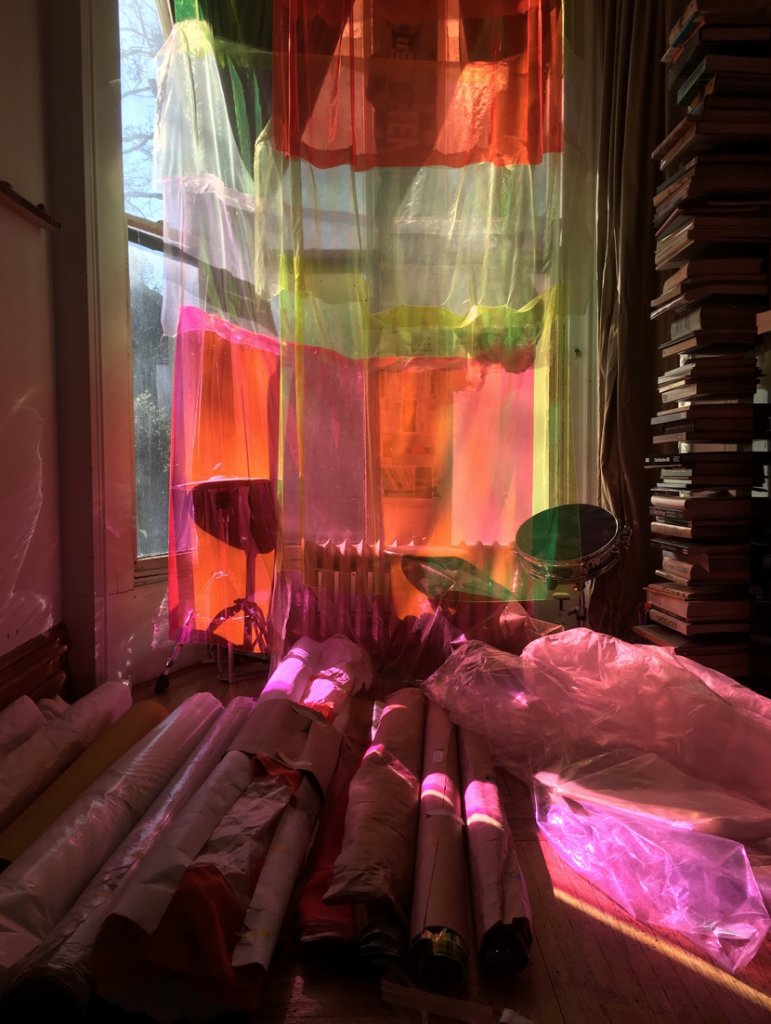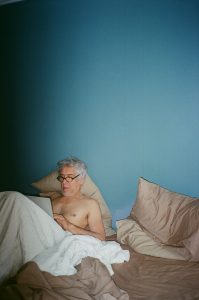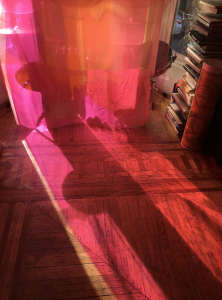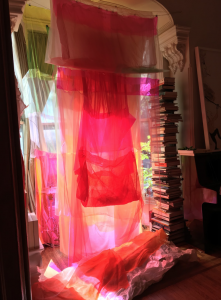
“It takes a whole village to raise a child”. This is what I had heard prior to having a child of my own. I knew the phrase, but really didn’t understand the meaning or it’s profound necessity. Its origins may be rooted in Africa and some believe it’s a Native American Proverb. Clearly, these wise women knew its value.
I figured as NYC transplants we had made it here successfully for ten years. We had our “family”- the friends we had chosen. We would gladly take this challenge of having a baby in a city with no immediate or extended family. We had our friends. Wasn’t this enough? Turns out in many ways it wasn’t. We found ourselves Googling “Baby grunting every morning at 5 am when pooping. Normal?” Or figuring out how not to pass out and drop baby at 3 am while sitting upright in the rocking chair trying to comfort baby. It was ridiculous. We needed to ask questions to others to decide what was normal and simply talk with others who have gone through this or were going through first time parenting angst. That sweet proverb, it takes a village, started to have the power of a warning. Seriously, we parents need help raising our babies. It’s not meant to be done alone.
Our friends were great individual supporters. We would see our friends for brunch or a cocktail, however, they had their own schedules and lives. Often, I would see a friend and my husband would care for our son and vice versa. However, the day-to-day support for me was nonexistent, and I found myself isolated and a bit sad. I found the beginning of my son’s infancy to be a bit challenging. I was alone a lot and unsure if what was happening in my feelings was “normal”. I had no one to talk to as many friends of mine did not have kids. As time passed, I found myself like many mom’s who stay at home: Lonely and in need of human connection. By choice, I took off a year. During that time, I found myself increasingly craving some adult interaction and conversation as well as a break. I just needed a moment to take for myself. However, I did not have anyone who could come watch my infant son while I took a shower, made dinner, cleaned up my nails or ran to the corner store. I was not seeking full-time childcare, but a few hours here and there I knew would be enough to bring relief. What’s more, because I took of a year from work, we didn’t have the finances to hire a “mother’s helper” on a regular basis. Finances were tight and I was keenly aware of this. I was a happy new mom, though I was suffering from isolation and lack of support that my husband could not provide as he was working during the week.
What’s a mom to do? I had to start to build my community. I was tired of the isolation, loneliness and lack of adult conversation. I wanted to get out, laugh and find more joy in my daily life. I craved community. I had a sudden realization that if I were feeling this then there must be other women who feel the exact same way! I wanted to find other stay-at-home, work-from-home, part-time working moms who too were seeking support emotionally as well as hands-on support. Other moms who craved adult conversation, wanted laughs and to share a meal together. I needed to find them and together we could build a support system with each other. Together we would build our community where we would bring together our love and compassion to create a system that supports and builds each of us up.
You don’t have to do this alone, and shouldn’t. You never know what lifelong friends are waiting to make a connection with you.
I’d like to share with you how I built my village. First, I started going to my local libraries and bookstores to attend the free baby/toddler story time events. These events we wonderful for my son, however, I found that I was mostly meeting the nannies of the children. I didn’t meet many moms that were in my situation. I’m sure they were there, but I didn’t meet them. While out seeking my village, I had noticed a mom in my neighborhood who was out in the mornings and afternoons who had a small child like mine. We exchanged smiles. We kept running into each other, and I finally spoke up! I said if we run into each other again, we must exchange information. Not much time passed, and we bumped into each other again. As suspected, she was a stay-at-home mom. We became fast friends assisting each other while one ran to the store or did laundry uninterrupted, worked a bit (me) or had lunch all together. Though she and I went back to work eventually, we built a friendship that still exists to this day. The take away here is that I spoke up and befriended her.
Feeling confident that there were other moms like me, I decided to take my quest online to expand my Mom Tribe. There are several Facebook groups dedicated to New Moms, Moms with Babies Born in January 2016, 17 etc., Crunchy Mom, Moms over 40, Breastfeeding moms, Moms who work part time, Homeschooling moms, the list goes on. Joining a Facebook group opens doors in your neighborhood and beyond. Often these groups will have a meet up weekly or monthly. I joined a group for parents in my and the adjoining two neighborhoods around me to meet moms with similar interests, schedules, and kids about the same ages. What’s great is that the moms I met were like-minded and we hit it off and so did our kids. In addition, there are several apps now that are like mom dating apps. You set up your profile and search for other moms that share common ground with you. You can be very specific with theses apps regarding your needs and what you are seeking. Hello Mamas has an algorithm that connects local mamas with similar interests, schedules, families, challenges, and personalities. Peanut is designed to create lasting relationships based on motherhood. Mama Leave is a great app for moms seeking a play date. You can post where you are going or to see where are other mamas. If you want to get out of the house now, this is a great app to join you with mamas out and about. There are also fantastic community groups such as: Babywearing groups, Le Leche League, Moms of Multiples, Attachment Parenting and so forth. If you are a sporty mom there are groups: Fit4Mom, No Excuse Mom, Mommy and Me Workout Groups on Meetup or Mommy and Me Yoga at various Yoga studios. There are open play studios like Kidville, Powerplay or Gymboree. Here you can take your little for an hour or two of romp, clap, and play while you soak up some human connection. Another good place to meet mamas are play cafes. South Slope has Good Day Play Café. Your baby can bounce around and you can relax, chat, and have a cup of joe. Another place to spot moms is Whole Foods on Third and Third. You can grab a bite and head upstairs to the designated baby/toddler play area. They have tables and high chairs so you can eat and when baby is done, she can play, and you can chat.
It is all about finding moms that are like-minded and you have a natural connection. Your village is meant to be supportive and joyful, comfortable and rewarding in friendship. Decide what you want. A large group or small. Do you want them to all know each other or does that not matter? Are you seeking a mom group focused on specific parenting fundamentals, do you want a mix of online mom support as well as local or just local? Let go of any insecurities you may have when meeting new moms. I know this may be a challenge. However, you are on a new adventure and you never know what kinds of new, beautiful friendships are waiting for you if you don’t say yes. You can’t always meet a mom and expect it to blossom. It really is like dating. If you want to develop a great friendship, then you must put in time and action!
My son is almost three now and we have fallen into a groove. Things lightened up as I gained more experience and knowledge. I must say this was one of the most wonderful intuitive decisions I made as a mama: Building My Village. I have made some lifelong friends who were there for me not only with support with my son, but with support for me – when I received unwanted news, had challenges, or felt homesick. I have felt great happiness when I have been able to step in for my mom friends when they were in a crunch for childcare or simply needed a break. I have had may laughs, great conversations and sparked inspired ideas with my community of moms. Remember, you don’t have to do this alone, and shouldn’t. You never know what lifelong friends are waiting to make a connection with you.




